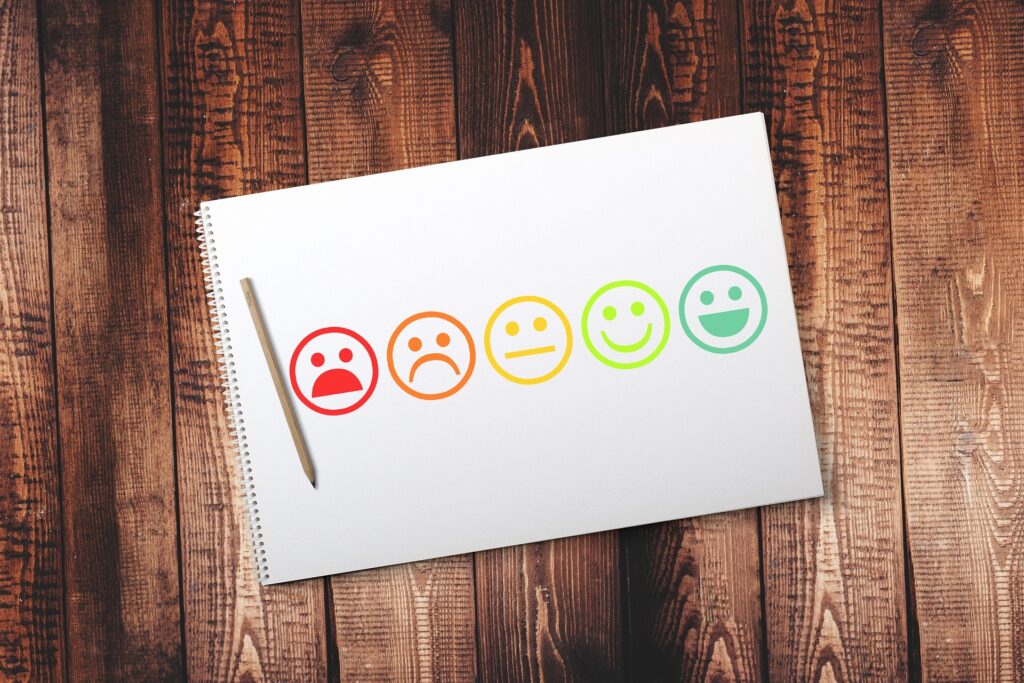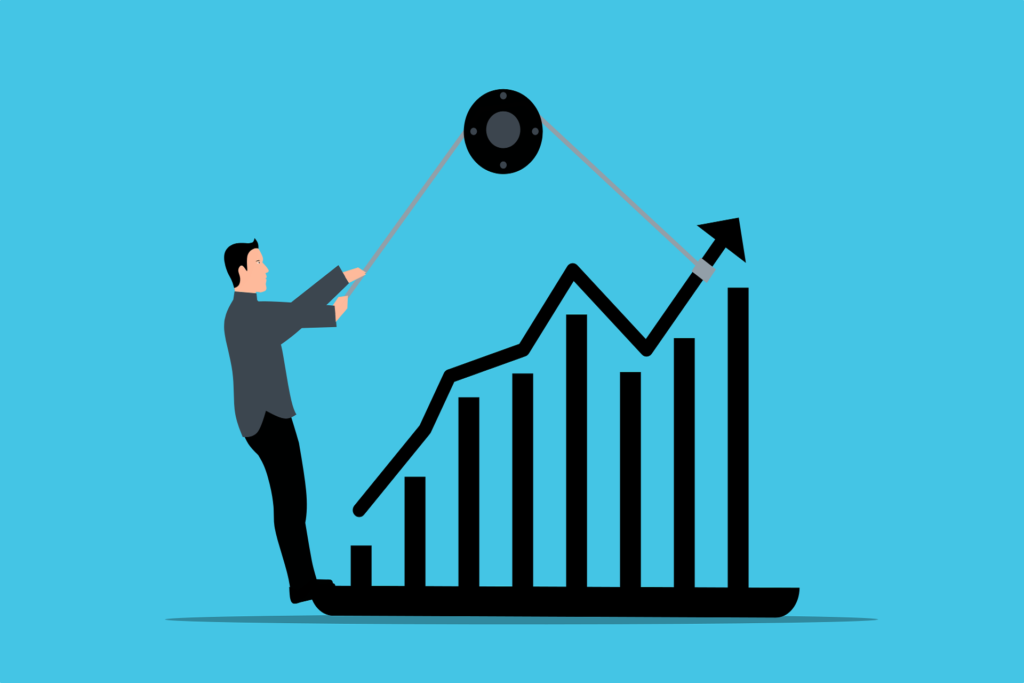$4 TRILLION DOLLARS! On average that’s how much the American economy grows annually. That’s, on average, how much new value is created each year by the American economy. 330 MILLION! That’s the approximate population of the USA in 2021. So, if you divide $4 trillion dollars by 330 million people, you’ll find that, on average, the American economy grows at the rate of $12,000 per person, annually.
With those figures in mind, let’s explore what happens if the Federal Reserve, through local banks, issued $12,000 worth of CAPITAL CREDIT at ZERO PERCENT INTEREST to every man woman and child in the USA, ANNUALLY? My question at this point is, has any money been spent? The answer is NO MONEY HAS BEEN SPENT! All that’s happened is that there’s been $4 trillion dollars of capital credit issued, all of which is just WAITING TO BE SPENT.
Note here that CAPITAL CREDIT is different from CONSUMER CREDIT because it can only be used to purchase wealth producing capital assets (stocks, bonds, land, buildings, machinery, patents, copyrights) that are expected to yield regular, predictable dividends to their owners.
Now suddenly, one person decides to use their capital credit to purchase $12,000 worth of blue-chip stock. At this point $12,000 HAS BEEN SPENT. But it’s INSTANTLY collateralized (secured so neither the local bank or the Fed are at risk) by the value of the rock solid, blue-chip stock that’s been purchased at zero percent interest.
In order to speed up the ownership process, the new owner is also allowed to repay this capital credit loan using PRE-TAX DOLLARS yielded by their stock. In other words, the new loan is automatically collateralized. The owner does not dig into his/her savings account. They don’t put a second mortgage on the family home. They pay the loan off using PRE-TAX, FUTURE EARNINGS/dividends. In investment circles this strategy is called “a Leveraged Buy-Out.”
On average, the loan will pay itself off (it’s self -liquidating) in 3 to 7 years. But the dividends continue to flow, creating a RESIDUAL INCOME for their owner. Multiply this scenario by 10 years and you’ll find that $120,000 has been invested on behalf of the owner by their 10th birthday. By the time they reach college age, over $200,000 will have been invested on their behalf which will provide all the residual income they’ll need to attend college, while incurring NO COLLEGE DEBT. And at retirement, the owner won’t need social security.
To repeat, not one thin dime is spent UNTIL a purchase is consummated. Once that happens the loan is instantly collateralized by the value of the wealth producing asset purchased. Then the self-liquidating loan pays itself off with pre-tax dollars in a predictable amount of time so neither the individual or the government incurs any long-term debt. And to make things even more secure, a small percentage of the purchase price is used to INSURE the entire transaction, just in case the rock solid, blue-chip stock fails to perform as expected and does not pay itself off.
The Biden/Harris Golden Opportunity…
Now if you multiply this scenario by 330 million people annually, you’ll see how the new Biden/Harris administration could lead our economy out of the WORST ECONOMIC CRISIS America has experienced since the stock market crashed in 1929. In the process they would create no government debt, and no individual debt.
Within a decade and a half this strategy, if employed, would gradually eliminate poverty and a myriad of related problems including STRUCTURAL RACISM. It would also systematically democratize the free market economy, create millions of NEW TAXPAYERS who would reduce the tax burden for Americans currently pay taxes, allow the social safety net programs to fade off into the sunset, balance the budget, and possibly even pay off the national debt.
16 Frequently Asked Questions
1. Where does the $4 Trillion dollars come from?
It comes from NEW WEALTH/ VALUE (from a naturally expanding American economy) created (on average) annually. It’s destined to happen! Someone will have access to and will benefit from this predictable, newly created wealth. The EDA suggests the many (as in we the people) should have access to the means required to participate in the ownership side of the economy – NOT just the few.
2. Won’t the EDA be inflationary?
No, it won’t. Notice this strategy does not add one dime to the projected annual growth of the American economy. It’s going to happen anyway. So, the EDA does not dilute or devalue existing currency levels. The only question is, who gets to participate and benefit? Will it be we the people (the many)? Or only the 1% (the few)?
3. Isn’t the EDA socialistic?
No, it’s not. Capitalism is all about PRIVATE OWNERSHIP. Socialism is all about PUBLIC OWNERSHIP. In that light, the EDA is all about private ownership. But it systematically counteracts concentrated wealth/power. It also democratizes our free market economy. In the process it UNDERWRITES POLITICAL DEMOCRACY.
4. Won’t the EDA increase my taxes?
No, it won’t! What it will do is create tens of millions of NEW TAXPAYERS who will in turn help current taxpayers shoulder the tax burden. This will actually REDUCE taxes for most people who currently pay taxes. It even offers the potential of PAYING OFF THE NATIONAL DEBT.
5. Let me calculate.
A family of 4 would receive $48,000 (4 X $1,200) of capital credit annually. And a family of 10 would receive $120,000 (10 X $12,000) of capital credit annually. Right? So, doesn’t the Economic Democracy Act effectively pay for a couple to create lots of kids in order to get lots of money? The short answer is that since the line of credit is non-transferable, parents have no access and do not directly benefit from it. But more importantly, research shows that as income increases childbirth frequency decreases. So, on both counts, the EDA will not encourage the overproduction of children.
6. How is Economic Democracy different from Universal Basic Income?
UBI simple and it’s relatively immediate. That’s its strength. It’s consumer oriented and it remains relatively constant in size over time. It’s also secured/collateralized by increased government debt. UBI is therefore a SHORT-TERM FIX and creates DEPENDENCE on government. In contrast the EDA is more complicated and it requires some time (5 to 7 years) before residual incomes are actually being generated. The EDA is investment oriented, which means it accumulates and grows over time. It is also backed by insured, wealth producing capital assets that collateralize/secure every transaction. By doing so it creates NO long-term debt for either consumers or government. Therefore, the EDA is a LONG-TERM FIX that must be gradually phased as it creates more people who are INDEPENDENT from government.
7. Is Economic Democracy similar to an Employee Stock Ownership Plan/ESOP?
Yes. But instead of covering just those who work for employee-owned companies and who have access to an ESOP, Economic Democracy uses the same strategy to COVER EVERYONE (regardless of age, gender, race, religion), most of whom lack the required means to participate in the (predictably profitable) ownership side of the American economy.
8. Has Economic Democracy been tested in a pilot project to see how it performs in real life?
Yes and No. The basic mechanics of this strategy have been thoroughly tested in the roughly 8000 employee-owned companies that have been created over the past 50 years. As we said in the previous question, the EDA is really just an expansion of the of the ESOP strategy that aims to give all Americans an equal opportunity to participate in and to benefit from the ownership side of the American economy where all the new wealth is being created. However, it has yet to be formally tested in a national setting.
9. What percentage is used in order to calculate an average ROI and payoff potential?
Using very conservative estimates, we chose 15% as the PRE-TAX ROI. Historically, before the recent wild swings and grossly inflated share values of today, a POST-TAX ROI ran in the neighborhood of 9 to 12%. The payback period is calculated by dividing one by the rate of return and rounding up to the nearest integer. Thus 1/.15 = 6.666 (round it up to 7 years).
10. How does Economic Democracy reduce wage slavery in the US?
By giving everyone (as opposed to a few) legitimate access to the ownership side of the US economy (where almost all the new wealth is generated) and creating residual incomes for everyone, Economic Democracy reduces the need for anyone to sell their most productive hours of the day (week, month, year, life) to an employer in exchange for a pay check.
11. How will the EDA impact the bust/boom character of America’s economy?
It effectively eliminates the imbalances that are responsible for the bust/boom dilemma.
12. Does the EDA appeal mostly to conservatives or mostly to liberals?
To be honest this is a strategy that appeals to BOTH SIDES of the isle. It appeals to the fiscally conservative Republican who wants to reign in spending and live within our means. It also appeals to the liberal Democrat who wants a level playing field where everyone has an equal opportunity. And since it systematically promotes independence from government (i.e. freedom) the only people who disapprove of the EDA are autocrats who want to control we the people.
13. Why would the mainstream media fail to inform “we the people” about such a revolutionary economic strategy?
Quite simply, the entire mainstream media (including CNN and MSNBC) is owned and controlled by the one percent. And the one percent prefers to keep “we the people” under control and in the dark about revolutionary ideas that threaten to undermine their concentrated wealthy/power. We’re allowed to see and hear what media owners allow us to see and hear. In other words, America’s mainstream media delivers little more than profitable propaganda that, in the long run, supports concentrated wealth/power.
14. Why doesn’t academia introduce this strategy to all their future economists?
To be honest, most economists have never been introduced to Economic Democracy. They can’t teach what they don’t know. But in the 21st century, academia is largely dependent on corporate funding (i.e. the one percent) for their existence. So even if they are familiar with Economic Democracy, academicians can ill afford to introduce this revolutionary strategy to future economists without risking their own employment in the process. Bureaucrats (conventionalists) hardly ever rock the boat.
15. Who’s the primary proponent of the Economic Democracy Act?
That would be the Center for Economic and Social Justice (CESJ.ORG), headquartered in Arlington, VA.
16. What are the three big questions that the CESJ wants to ask about any legislation that gets run through Congress?
Who owns it? Who controls it? Who benefits? In the case of the EDA, every individual person in the USA owns and controls wealth producing assets, and benefits from this strategy.
John F Kennedy warned that “Those who make peaceful revolution impossible make violent revolution inevitable.” The Economic Democracy Act represents the peaceful revolution that will help Americans avoid the inevitable violent revolution.
Article Source: https://EzineArticles.com/expert/Rick_Osbourne/58185
Article Source: http://EzineArticles.com/10402172





























